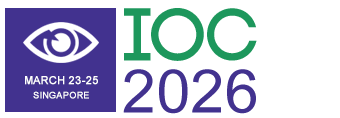Title : Common and uncommon ocular and facial indications of Botox: Clinical insights supported by illustrative videos
Abstract:
Botulinum toxin type A (Botox) is an established neuromodulator widely utilized in ophthalmology and facial aesthetic practice. By inhibiting presynaptic acetylcholine release at the neuromuscular junction, it produces reversible chemo denervation and targeted muscle relaxation. Ocular indications represent some of the earliest therapeutic applications and include essential blepharospasm, hemifacial spasm, and strabismus, where treatment reduces involuntary contractions and improves visual function. In facial aesthetics, Botox is commonly indicated for dynamic rhytids such as glabellar frown lines, horizontal forehead lines, and lateral canthal (“crow’s feet”) lines. Additional periocular and functional uses include eyelid retraction, lagophthalmos, epiphora related to lacrimal pump dysfunction, and facial synkinesis following facial nerve palsy. With appropriate dosing and anatomical precision, Botox demonstrates high efficacy and a favourable safety profile, with most adverse effects being mild and transient. In this presentation, I will also be sharing illustrative procedural and anatomical videos to demonstrate injection techniques and clinical outcomes, enhancing practical understanding and educational value. As clinical experience and teaching resources continue to expand, Botox remains a versatile tool for restoring ocular comfort, facial symmetry, and aesthetic harmony.




